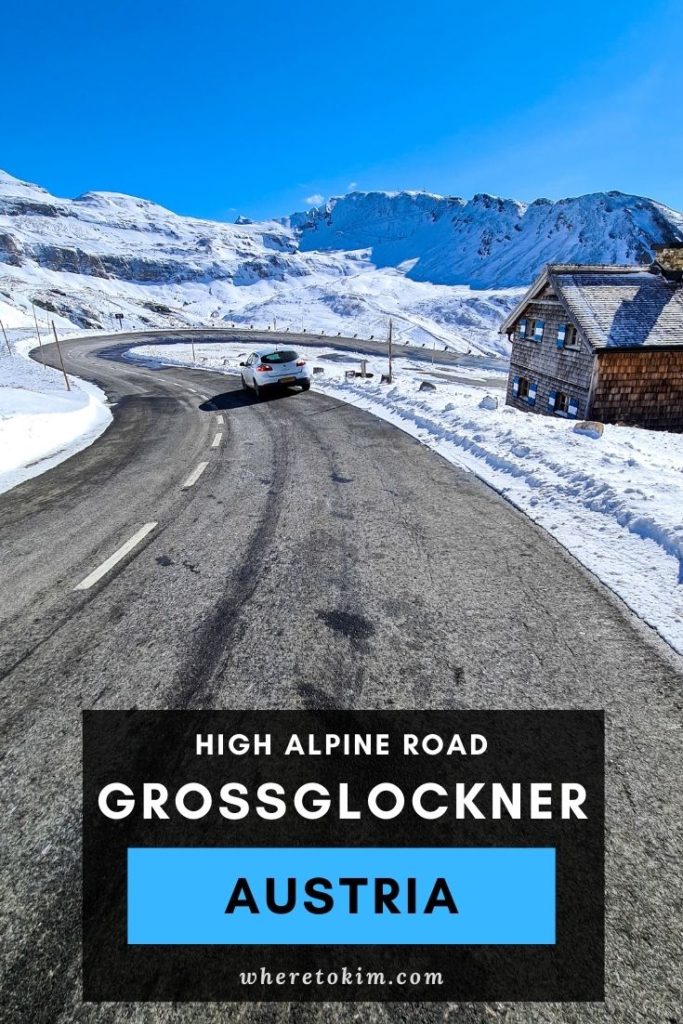The Grossglockner High Alpine Road is the highest surfaced mountain pass in Austria: a zigzagging road with amazing views. What is it like to visit the Grossglockner High Alpine Road in October?
Spectacular. That’s how I would describe a drive on the Grossglockner High Alpine Road (also known as Großglockner Hochalpenstraße) in one word. While driving on the road, you will marvel at the 3,000-meter high mountain views around you.
Grossglockner in October
A visit to this area is vastly different in October than in summer. Whereas you’ll see green mountain scenery in high summer, the road in October is mostly white at the top. Very quickly after passing the toll gates, you’ll find yourself surrounded by a pristine white landscape. Exceptions exist of course, but in the middle of October – only a few weeks before the high alpine road closed for the winter season – we even had to carry snow chains. We didn’t use them in the end because the sun was already melting the little snow that was left on the road.
Because they are constantly clearing the road with snowplows, you won’t experience any inconveniences from driving on a snowy road. The only challenge is parking your car at the viewpoints next to the road: these will still be covered with snow in the early morning. The snow might also hide some views from you: it was only while writing this blog post that I learned of Fuscher Lake.
A visit to the Grossglockner High Alpine Road is definitely worth a visit in October! Just be aware that you will see snow-covered mountains instead of lush greenery. The sights are different but just as beautiful.
Always check the website in the morning to see if the road is open and if winter tires and snow chains are required.
Best visiting time
Don’t go too late! Around noon, the road will be very crowded with cars, while you’ll hardly see anyone when you go before 10 AM in off-season October. When I went it was a beautiful sunny day, but I had apparently picked a perfect off-season day that didn’t attract too many early morning visitors.
One downside to visiting early is that many restaurants and exhibitions might still be closed (it also could have been due to coronavirus measures). The roads and parking lots in front of these viewpoints were still covered with snow. On our return trip after noon, many places had opened their doors though.
Sights on the road
What are the sights you can see while driving on the Grossglockner Alpine Road? I’ll list my favorite views taking Fusch an der Großglocknerstraße as a starting point. If you start your drive at Heiligenblut in the south, you’ll come across them in reverse order.
Fuscher Törl Memorial
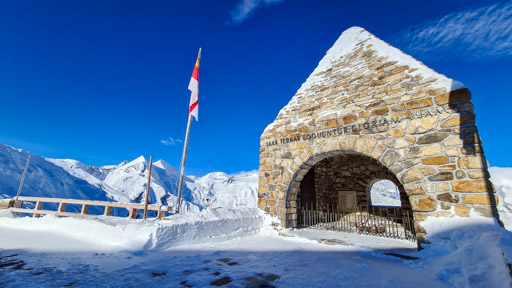
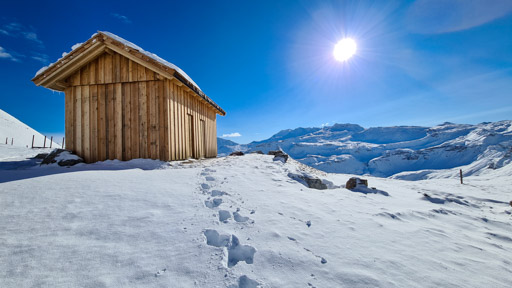
After passing the toll gates, you’ll start climbing quickly. On the right side, you’ll pass a memorial building built in honor of the workers that lost their lives while working on the construction of the alpine road. This and the closed wooden hut were my first unofficial photo stops. There are plenty of places where you can stop and take pictures along the way. As you can see, I ventured into the almost knee-deep snow for a better view.
Edelweißspitze
The Edelweißspitze is the highest viewpoint on the road. Normally you can drive up to the Edelweißspitze – passing seven hairpin turns – and park your car right in front of the restaurant and souvenir shop. Unfortunately, the was closed on the day I visited, and you had to walk from a much lower parking lot. I don’t know if this was due to the weather or the fact that I visited only a few weeks before the road was going to close.
Hochtor
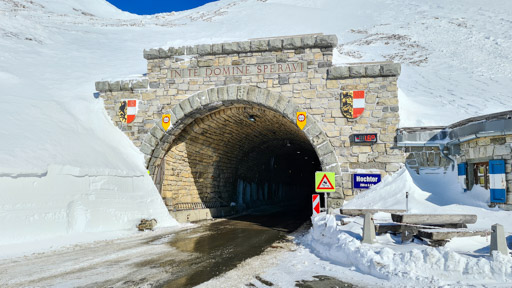
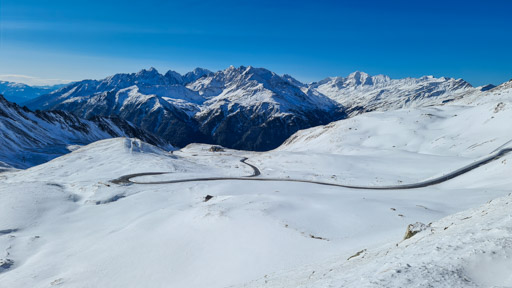
You’ll pass some tunnels that could very well be covered with icicles on the inside. Be careful: if they are at the end of the tunnel you won’t see them in advance and you will suddenly find yourself on a bumpy and slippery road.
On the other side of the Hochtor – don’t forget to take a picture of the tunnel! – you can visit a small cafe with a shop and a small exhibition featuring Hercules and Celts. If you visit early in the morning this might be the first venue (with toilets) you come across that has opened its doors. From the cafe, you have a nice view of the area. Wander to the viewpoint outside for a hint of the road to come.
Viewpoint in the middle of the hairpin turns
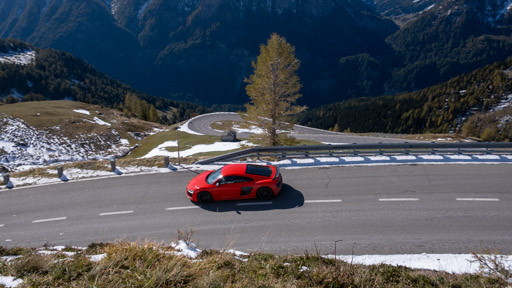
A bit further, just after you start the descent, there is a great viewpoint with outdoor seats. The snaking road is also a favorite for people who want to show off or try out their fancy, new, and/or classic cars.
Kaiser-Franz-Josefs-Höhe
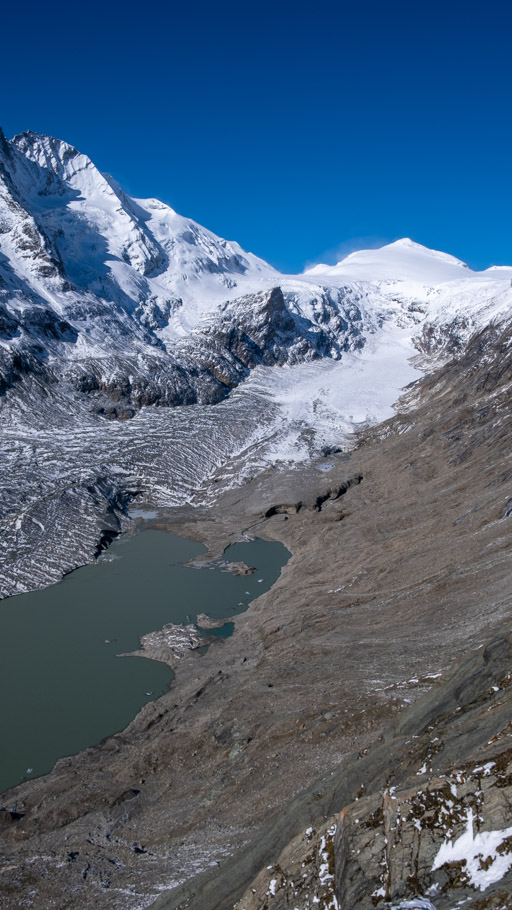
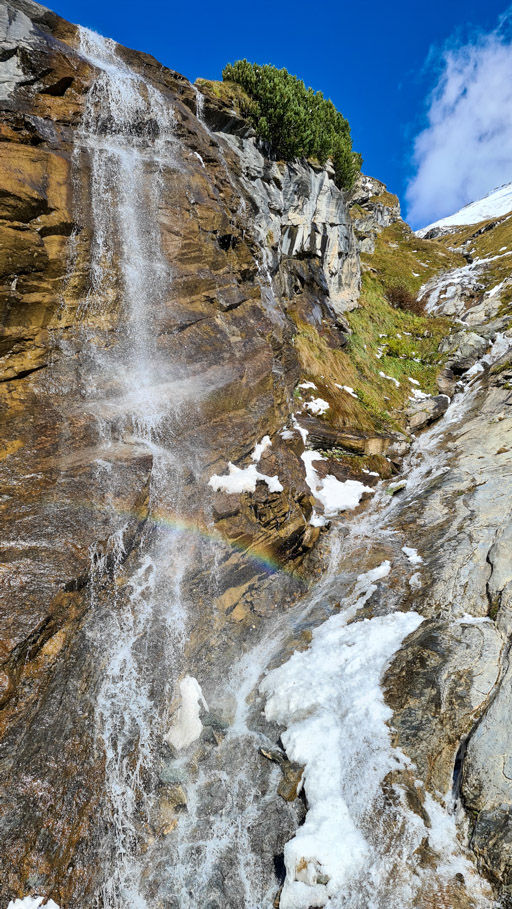
Head towards the Kaiser-Franz-Josefs-Höhe. The glacier itself has pretty much disappeared so this end station is not really worth a visit unless you want to go hiking. What is worth a visit though is the road there. You will see mountain lakes and dams, and if you are lucky a beautiful rainbow.
Heiligenblut
Heiligenblut lies at the end of the Grossglockner High Alpine Road. After passing the toll gates, you come upon this village. Heiligenblut is advertised as a beautiful, charming, and picturesque village. Picturesque, sure, though no more than Hallstatt or Sankt Wolfgang im Salzkammergut. Charming? No. Not in October when all the restaurants are closed or under construction. Heiligenblut is not worth a visit off-season.
On the other hand, as it only takes five to ten minutes to see the village, there is no reason to skip it either. Snap your perfect picture of the Gothic church with the Grossglockner mountains in the background as a souvenir.
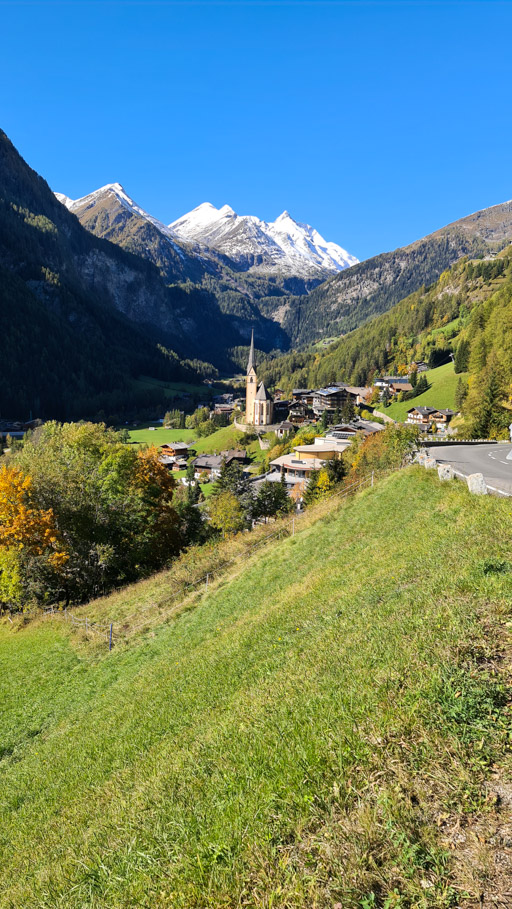
And then? You can drive the same road back of course to admire the beautiful views once more. Smile at the many cars you see on your way back to Fusch.
How to visit the Grossglockner High Alpine Road?
You can start your drive from the south or the north of the Grossglockner mountains. The southern starting point is near Heiligenblut and the northern starting point is near Fusch an der Großglocknerstraße (Kaprun area). Which one is best for you depends on where you are coming from. You can easily take the same road back to return to your starting point. You’ll finish the road much quicker when you don’t stop anywhere (around 45 minutes with normal traffic). Alternatively, you can take the Felbertauerntunnel to the west to cross the mountains via a road with fewer hairpin turns.
The Alpine Road is accessible from early May to early November. In October, the road is opened daily from 6 AM to 7.30 PM. Tickets cost 37,50 EUR (2020 price) for private cars and discounts are available in the last two weeks of the season.
Starting location Fusch: Taxenbacher Fusch 96, 5672 Fusch an der Großglocknerstraße, Austria
Starting location Heiligenblut: Untertauern 41, 9844 Heiligenblut, Austria
